So, you’ve decided to take up lifting. Among the things you’ll need is… a place to lift! Not sure what to look for in a gym? This blog post aims to help you out by guiding you through what to look for.
Please note that this post focuses on what you should be looking for as far as equipment and training facilities. It does not touch on another very important question: whether the gym and its coaches provide the supportive environment that will help you to thrive. We will take that question up in a separate entry in the future!
Lifting racks
Let’s start with lifting racks and platforms, since this is where you’ll be spending almost all your time in the gym. Racks come in various shapes and sizes. Many will suffice, but some are superior while others are less than ideal.
Power racks, which have 4 vertical posts, are the best. They offer the greatest versatility in terms of the number of barbell lifts that can be performed on them. Some power racks are superior to others, however. Racks that have 1” spacing between holes in the bench press range of the rack allow for precise setting of safety arms, which can be particularly useful with safety while bench pressing.
The next best option to a power rack is a squat rack, which features only two posts. Better squat racks will be anchored into the ground for stability and feature adjustable spotter arms. Less good squat racks have fixed spotter arms or are lightweight and move around easily. In either case, your training experience, and possibly your safety, will be compromised.
Smith Machines – which look like power racks in which the barbell is fixed to two poles and moves on a fixed track – are virtually useless. Avoid them.
When looking at a gym for your training, be sure to note the number of racks available. As barbell training continues its resurgence in popularity, competition over racks – especially at peak gym times (before 9am and after 5pm) can be intense. The more racks a gym has, the more easily you’ll be able to get your training in.
Platforms
The lifting platform is the next consideration. Gyms with lifting platforms are telling you something important: it is okay to deadlift, and to deadlift heavy here! Not only do platforms signal the green light to deadlift (and clean and snatch) to your heart’s abandon, they provide a dedicated space for deadlifting, so that you don’t have to find an odd corner of the gym that is not being used at that moment.
Lifting platforms are made of several layers of plywood and topped with rubber. In some cases the entire platform is covered with rubber. In others, the area where you stand is wood, with rubber only covering the surface where the plates contact the platform. Either is fine.
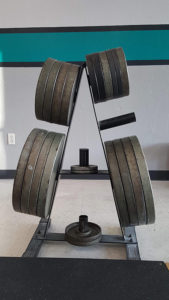
45 lbs plates that are round, rather than polygonal, will make for much better deadlifting sessions.
Plates
Despite the fact that weight plates only have one job – to weigh what they say – there are some considerations to keep in mind.
Perhaps the biggest is their shape. Many commercial gyms stock polygonal plates that are not round. These are truly frustrating for exercises from the floor such as deadlifts, as they make it virtually impossible to return the bar to the same position from which it started from one rep to the next. If you are choosing between two gyms and one has round 45 lbs plates while the other does not, that by itself may be reason enough to choose that gym.
Not absolutely necessary, but very nice to have, are bumper plates. Made of rubber, they are designed to be dropped, which facilitates training the clean and snatch (although those movements can still be performed with iron plates – you will have to catch the bar on your legs prior to returning it to the floor).
Bumper plates are especially useful for many trainees when they first are getting started and their deadlift is not yet very heavy. With iron plates, only 45 lbs plates will put the bar the correct distance off the floor for initiating a deadlift. But bumper plates are all the correct diameter for deadlifts (18 in.) regardless of how heavy or light they are. While there are workarounds for this problem if you do not have access to bumper plates, bumper plates save a lot of hassle and make deadlifting less than 135 lbs – where many lifters start – much more logistically possible.
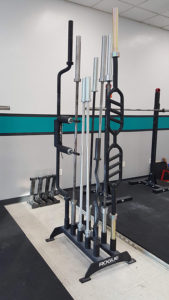
Specialty bars allow you to perform more movement variations and assistance exercises. Light bars in particular can be very useful for new lifters.
Bars
The bars are what you put the weights on and are what you’ll be lifting. They’re pretty important. There are sadly many low quality bars out there. However, it will be hard for someone new to lifting to distinguish between a high quality and low quality bar. Some things you can check for are that bars all appear to be straight and not bent, and that the sleeves (the ends of the bars where the plates are loaded) rotate freely.
In general, it is likely that a gym that meets other criteria in this blog – good racks, lifting platforms, bumper plates, etc. – will have bars that are of better quality than gyms that fail on those accounts.
If you are new to training and starting out with very light weights, it may be important that your gym has some lighter barbells available. This is especially the case for smaller or deconditioned individuals on the overhead press, and sometimes other lifts as well. The standard barbell weighs 45 lbs, but there are 33 lbs bars and even training bars as light as 15 lbs. Gyms that seek to serve all individuals should have some of these on hand to facilitate productive training for individuals who need to start out with less than 45 lbs on their lifts.
There are also some specialty bars which, while not necessary, give you more flexibility and options in your training programs. For example, the Safety Squat Bar allows lifters the option of a squat variation that may help with additional muscle hypertrophy. For some people with shoulder mobility limitations, it may be a necessary tool to allow them to squat. Less commonly, trainees with wrist, elbow, or shoulder issues may require access to a Swiss or football bar, which allows for a more neutral grip during pressing movements.
Other Little Things
There are a couple other little things to note while scouting your prospective gym.
Does the gym allow chalk? Chalk is very important for a secure grip on the bar, and gyms that do not allow it hold back members’ training. Some gyms will only allow liquid chalk… which is better than nothing, if that’s the best you can do.
Does the gym have mirrors everywhere? It probably does. But if you find a gym that doesn’t… you have found the promised land. Mirrors are distracting and generally not helpful while lifting.
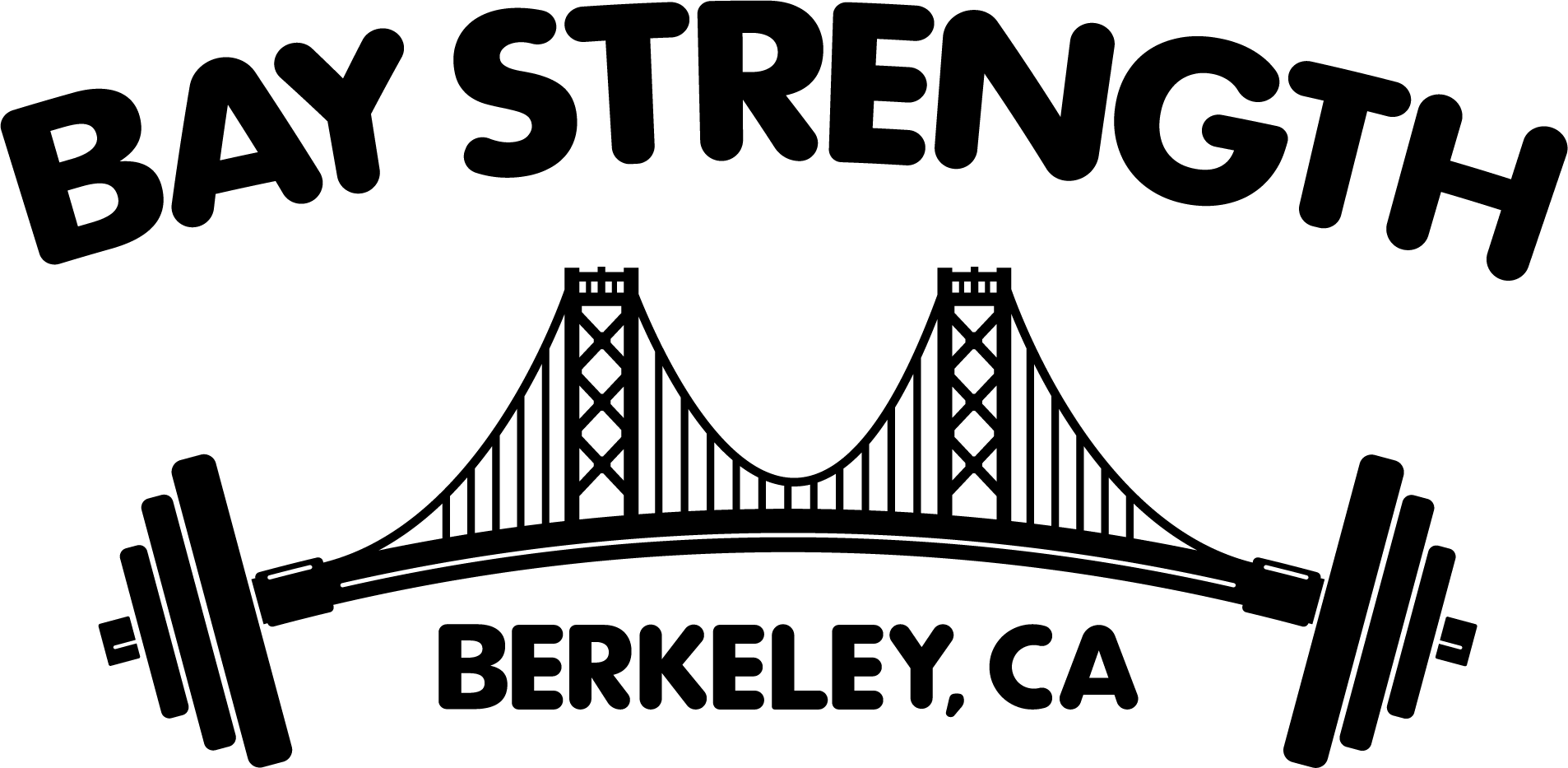
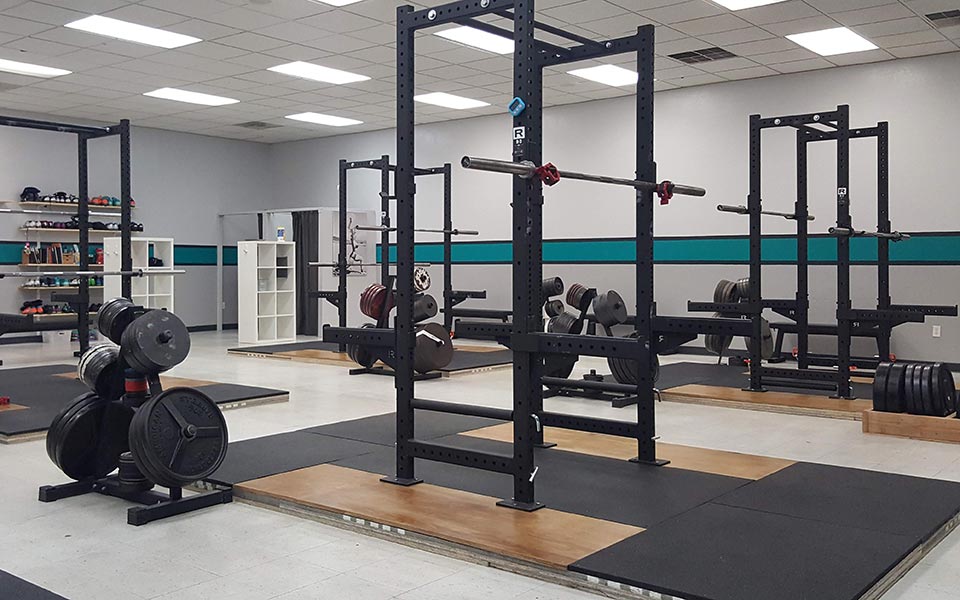
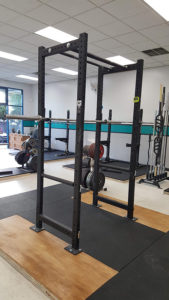
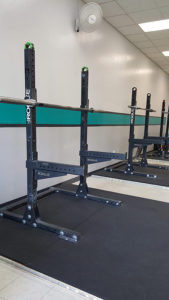
If you see a 35 lb. plate, run away as fast as you can. Only evil gyms carry 35 lb. plates. 😛